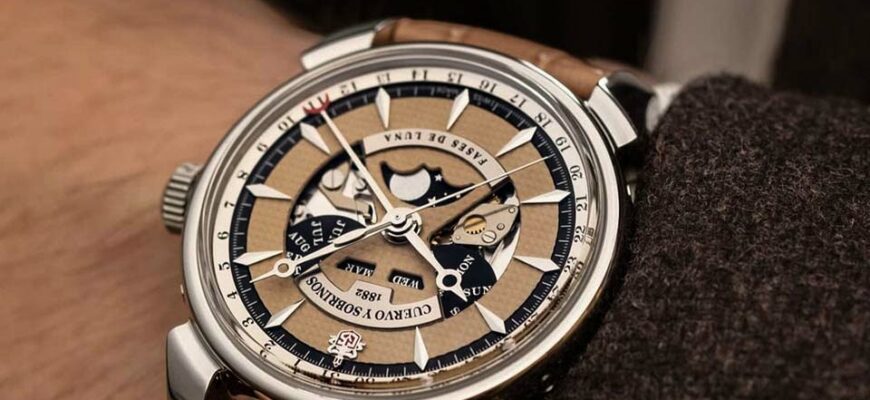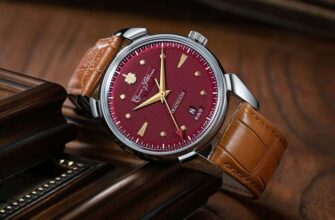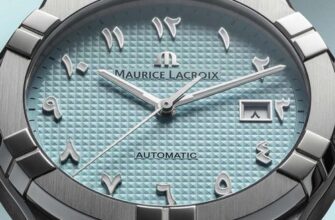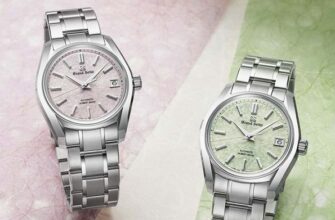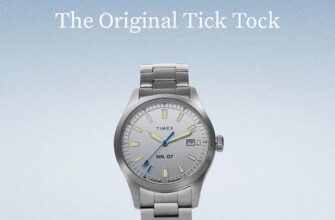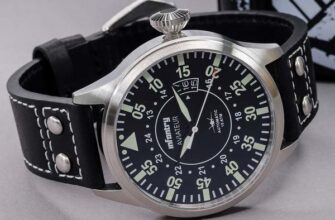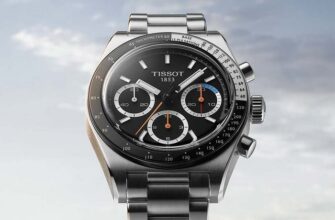The most ancient of all systems for calculating large periods of time (days, weeks, months) - such systems are called calendars - is based on the periodicity of the moon. These movements - the changes in the lunar phases - are most evident in the sky, they are easiest to observe, to count. However, the full cycle, starting (conventionally) with a new moon, when the Moon is completely in the shadow of the Earth and is not at all visible, passing in its middle through the full moon, when it is all illuminated by the Sun, and ending with a new full moon, does not coincide with the solar month, averaging 29,53 solar days.
Therefore, in twelve such periods - lunar months - 354,36 solar days pass, that is, almost 11 less than in 12 solar months. Therefore, over time, the lunar calendar ceased to meet the needs of people: after all, agricultural work is tied to the change of seasons, and therefore to the solar calendar.
Lunar calendar in our time
Today this is not so important, and lunar calendars have been preserved mainly for determining the dates of religious holidays. The reckoning of time in Islam is based on the lunar calendar, and in Christianity it is used to calculate, for example, the date of Easter: the first Sunday after the first full moon, which did not occur earlier than the vernal equinox (more precisely, the principles of the lunar-solar calendar work here).
In general, the practical significance of the lunar calendar in the modern world is extremely small. Nevertheless, the indication of the phases of the moon is one of the most romantic complications in wristwatches, because the moon is a companion of lovers, a symbol of fertility and the patroness of women. The implementation of this pointer on the dial is very beautiful and poetic, especially if artistic techniques are used - and there are many of them! The disc with the lunar phase indicator is trimmed with lacquer or enamel miniature, depicting the starry sky on it, making it voluminous, giving the Moon itself the appearance of a living creature, most often fabulous ...
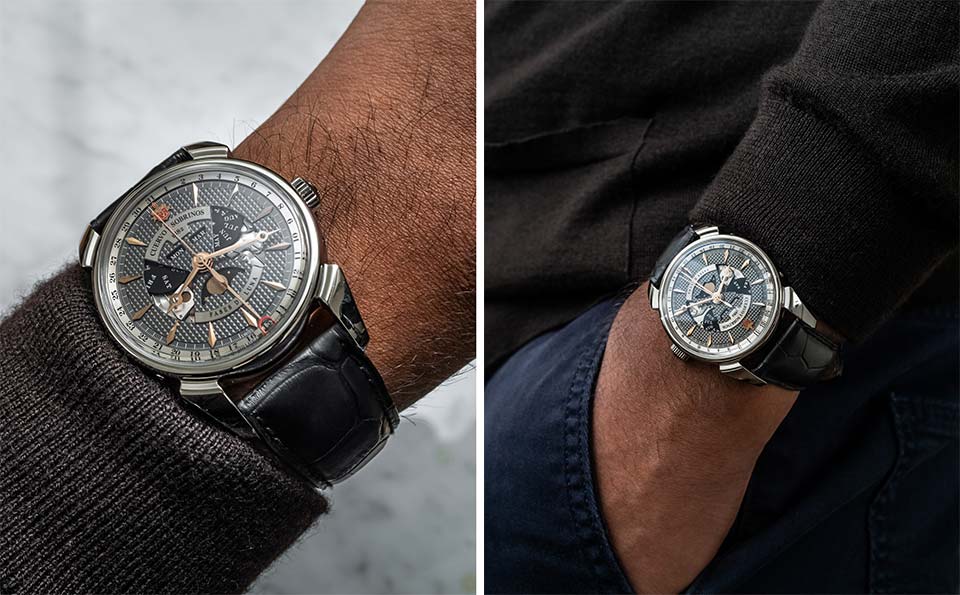
How is this done?
Well, the technical principle of displaying the phases of the moon on the dial is quite simple. The basis of the indicator is a disc rotating (from the wheel drive of the mechanism) at a speed approximately corresponding to the real periodicity of the lunar phases. The bright circle on this disk represents the Moon. Its movement can be seen through a window in the dial, the shape of this window is specific: it just creates the desired effect. In the new moon, only a narrow sickle is visible, then it gradually increases, by the full moon the entire image emerges from the "shadow", then begins to decrease and eventually disappears altogether. In order to arise again after this and complete the next cycle - by the way, there is also a symbol of life and death, extinction and subsequent rebirth, eternally replacing each other ...
There are also arrow indicators of the phases of the moon, but they, of course, are much less interesting. And returning to the picturesque images, let us also note that in the Northern Hemisphere, the "horns" of a young, growing month are oriented from right to left, and a decreasing month - from left to right; in the Southern Hemisphere, the opposite is true (and at the equator - clearly from top to bottom or bottom to top). As a rule, the pointer is performed for the Northern Hemisphere, but there are models in which the indication is double - for both.
Installation and adjustment
It may seem that setting the moon phase indicator is a complicated procedure. In fact, nothing like that, not much more complicated than a simple date setting. In the operating instructions for the watch, everything is always scheduled, and the general principle is as follows:
- Determine the date of the nearest previous full moon (Google for help).
- Pull the crown out to the position prescribed by the instructions and rotate it in the direction indicated in the same place until the date according to item 1 coincides with the full moon on the index.
- Set the current date.
ATTENTION! It is strongly discouraged to perform these operations from 21.00 to 03.00!
Note that in watches with a perpetual calendar, as a rule, it is enough just to set the desired calendar date - the moon phase (as well as the day of the week) will be set automatically.
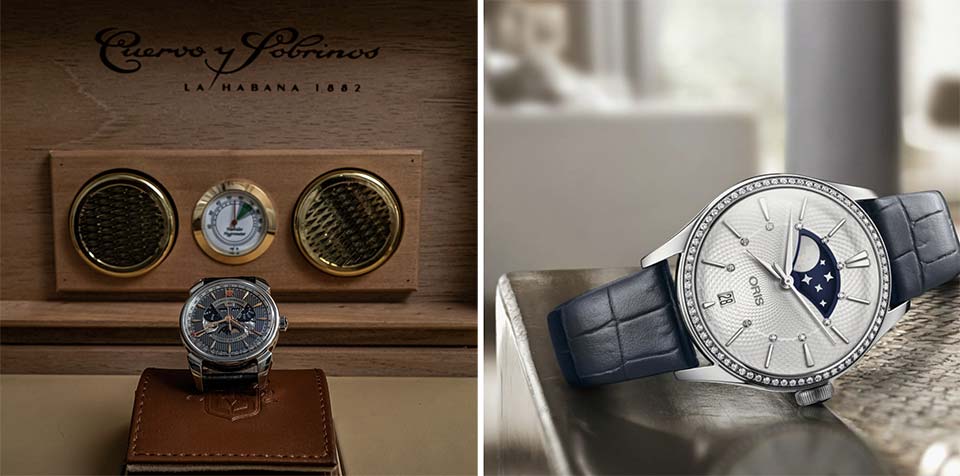
Below are some examples of clocks with moon phases.
Oris Atelier Grande Lune, Date. Excellent Swiss ladies' model with automatic Oris 763 caliber (base Sellita SW 220-1). Steel case and bracelet, case diameter 36 mm, 72 diamonds on the bezel, silver guilloche dial with 11 diamonds, sapphire crystal, transparent case back, water resistance 50 m.
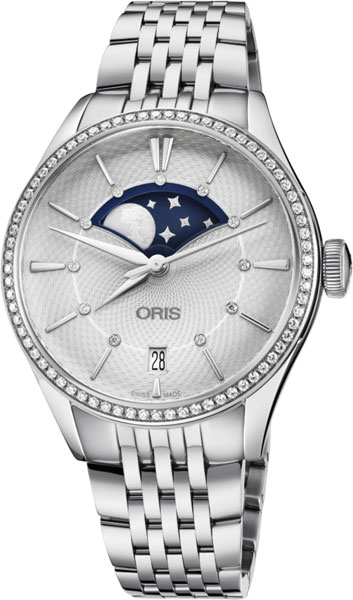
Cuervo y Sobrinos Luna Negra. Another watch masterpiece from Switzerland, from a brand with exotic - Cuban - roots. Hence the invariable Spanish-language markings on the dial and case back. The name of the model - Luna Negra - means "Black Moon", but in fact the background of the sky with stars is given in black on the index. A very beautiful model, rather male, but perhaps deserves to be considered "unisex". Steel case (40 mm), automatic caliber CYS 6331 based on Dubois Depraz 9000 / ETA 2892-A2, complete calendar (date, day of the week, month) plus moon phases. The dial is skeletonized, there are sapphire crystals on both sides of the case, an alligator strap. Also as a gift humidor from valuable varieties of wood.
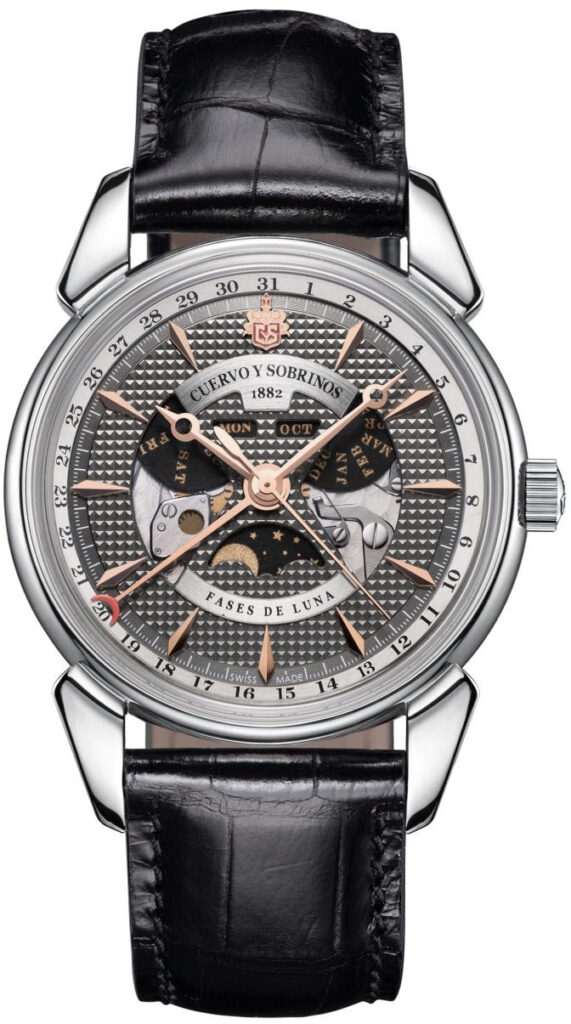
Continental Multifunction. Not the most famous, but still a Swiss company that produces inexpensive but decent quartz watches. This model is a woman's, 32-mm case made of PVD-coated steel is decorated with crystals, a sapphire crystal, a leather strap, based on a Ronda 788 quartz movement with functions of date and moon phases.

L'Duchen Celeste. Also Switzerland, also quartz and also inexpensive. Ladies' watch in a 36-mm steel case, decorated with cubic zirconia, shows the date, day of the week and moon phases. Leather strap, sapphire crystal, impressive mother-of-pearl dial.

SOKOLOV Credo. We must give at least one Russian sample! In terms of functions, it is exactly the same as the previous example, only the mechanism is Japanese (Miyota6P20). Otherwise, the differences are great: first of all, this is the shape of the case - rectangular (30 x 40 mm), and most importantly - its material, 585 pink gold, only the crown and the buckle of the leather strap are steel (but with IP-coating of the desired color). The glass is also sapphire.

